Developing Your Strategic Proficiencies
There is certainly no shortage of articles, texts, and resources dedicated to the subject of developing business strategies. I myself am guilty of adding to this information pile, having just released a book on this very topic. But as we all attempt to decode the magic formulas and frameworks behind best-in-class business strategies, we should also take a little time to understand the skills that are required of the people who create those strategies.
The process of developing business strategies is a creative one¬ – not unlike writing music, painting a portrait, or designing a new architectural masterpiece. Creative endeavors produce creative outputs; and the success of those outputs will be driven not only by skills, but also by some level of proficiency in those skills. Using this terminology, it is useful to think in terms of four “strategic proficiencies” that can be mastered in relation to developing successful business strategies. They are:
Analysis
Recollection
Intuition
Artistry
In and of itself, this mnemonic of ARIA may appear to be yet another catchy little arrangement of words to help sell more books! And while there may be just a shred of truth to that statement, there is actually both a rhyme and a reason for my line of thinking behind this approach.
When assessing strategic proficiencies, I like to refer back to the four main questions that have formed the very foundation of strategic theory for centuries:
Hi there! This article is available for free. Login or register as a StrategyDriven Personal Business Advisor Self-Guided Client by:
Subscribing to the Self Guided Program - It's Free!
About the Author

(McGraw-Hill, 2015) and the President of Sequent Learning Networks. His goal is to help business practitioners infuse more passion and creativity into their jobs. You can learn more about his work by visiting bobcaporale.com.


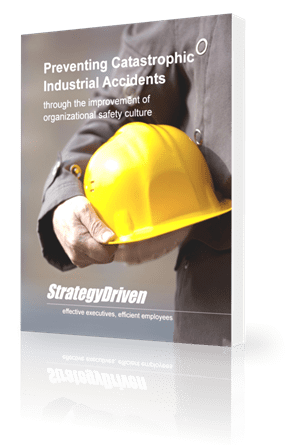

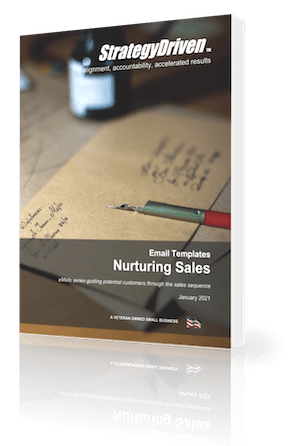

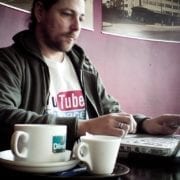
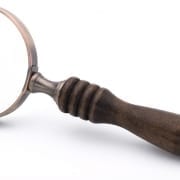
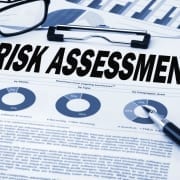



Leave a Reply
Want to join the discussion?Feel free to contribute!